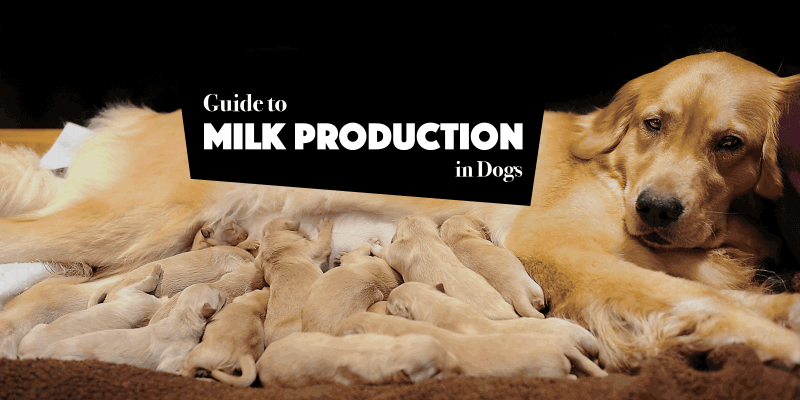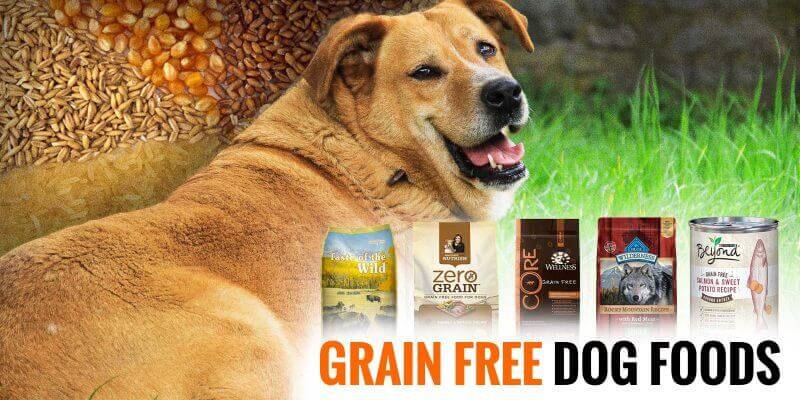Why does it matter to feed a dog with grain-free dog foods? Well, a few pet parents make decisions are as impactful as choosing dog food. Pick the right food, and your dog will live a long, healthy life; pick the wrong food, and your dog may suffer from nutritional deficiencies, digestive upset or skin problems.
While several different high-quality dog diets are on the market, many of the best are made without grains. Grain-free foods provide many health benefits to dogs. Pet parents should choose a high-quality dog food that meets their pets’ nutritional needs. The right food can promote a long, healthy life, while the wrong food can cause nutritional deficiencies, digestive upset, or skin problems. Consult with a veterinarian to determine the best diet for your pet.
p.s. if you’re already convinced, we’ve got a top 5 best grain-free dog foods published a few weeks ago, so check it out!
Gives your dog a shinier, softer coat
If your dog has a dull or dry coat, switching to a grain-free dog food recipe may help. These foods often contain premium ingredients rich in omega fatty acids, which can improve your dog’s coat condition.
Grain-free foods can also lead to smaller stools because they have less indigestible fiber than foods that contain corn and wheat. Potatoes and tapioca, which replace the carbs in grain-free foods, help slow down the transit time of food through the intestines, which can also lead to more compact stools.
Grains can cause skin problems in dogs, but switching to a grain-free recipe can improve their skin health. The omega-3 and omega-6 fatty acids in low-carb dog foods are essential for healthy skin.
Some dogs are allergic to the proteins in many common dog foods, which can lead to itchy skin. Beef, chicken, milk, dairy, corn, and wheat are the most common allergens. Switching to a grain-free diet can help end food allergy symptoms and improve your dog’s quality of life.
Remember, fats are not bad for your dog’s health. In fact, they are necessary for good skin and coat health.
Produces more compact stools
Many dogs begin producing less waste after switching to a grain-free food. This means your dog will not only have to go to the bathroom less frequently, but his stools will be smaller too. This occurs because grain-free foods do not have as much indigestible material (fiber) as foods that are full of corn and wheat have. Additionally, the potatoes and tapioca used to replace the carbohydrate content of grain-free foods work as thickening agents, and help slow the transit time of food through the intestines.
Improves skin health
Grains can cause many dogs to have dry, itchy, irritated and inflamed skin. If not addressed, the condition can progress, your pooch may lose hair or develop infections. However, many dogs enjoy improved skin health after switching to a grain-free recipe. Although some dogs will exhibit an improvement in skin health after only a few days or weeks of switching to a grain-free recipe, skin condition improvement occurs more slowly in other dogs.
Dog foods that are low in carbs generally offer higher levels of omega 3 and omega 6 fatty acids, both vital to a healthy skin. Fats are not the devil, far from it!
Eliminate many dog food allergies

Some dogs are allergic to the proteins found in many common dog foods. When allergic dogs consume these proteins, their immune system overreacts, often leading to itchy skin. Beef, chicken, milk and dairy are the most common allergens, but many dogs are also allergic to corn, wheat or other grains. For these dogs, a grain-free diet can help end their food allergy symptoms and improve their quality of life.
Some breeds are more likely to be afflicted by food allergies than others are. A few of those that most commonly exhibit food allergies include:
- German shepherd
- Lhasa Apso
- Boxer
- Cocker Spaniel
- Labrador retriever
- Golden retriever
- Collie
- Dalmatian
Boosts your dog’s energy level
Most dog foods – especially those at the low end of the price spectrum – are packed full of enriched, processed grains. This means that the outer layers of the individual grains have been mechanically removed to improve the grains’ taste, color and texture. However, this process removes much of the fiber content of the grain. This means that your dog’s body burns through the energy contained in the grain very quickly, which causes a quick spike and then a precipitous fall of your dog’s blood sugar levels.
By contrast, grain-free dog foods generally contain fewer easily digested carbohydrates, which means your dog’s blood sugar level will remain more consistent, providing him with more energy.
Improves your dog’s breath
Grains tend to leave a film of carbohydrates on your dog’s teeth when he eats. While your dog’s saliva eventually washes off the food particles, this happens over the course of several hours. In the meantime, bacteria in your dog’s mouth will begin feeding on the remaining carbs. These bacteria often produce foul-smelling odors, giving your dog bad breath, or canine halitosis. Grain-free foods do not cause this problem, or at least not to such a bothersome extent.
Although dogs are not very prone to cavities (unlike us humans), excess carbohydrates promote bad oral health and cavities. Any dog owner needs to brush the dog’s teeth every few days.
Reduces the amount of gas in dogs
Corn, wheat and other grains often cause many dogs to produce copious quantities of gas. This foul-smelling gas is not only unpleasant for owners, it often causes your dog to feel cramping and discomfort until he eventually passes it. Gas in dogs is not necessarily a bad or unhealthy thing, but it’s more of an inconvenience. It could be a sign of a more problematic digestive health issue in a few situations.
However, grain-free diets rarely cause these same types of problems, and most dogs produce much less gas after switching to such a food. Many high-quality grain-free diets also include probiotics, which can provide further flatulence relief.
Helpful for pregnant and lactating dogs
Pregnancy and lactation place very much increased demands on a dog’s body. They must not only obtain enough food to sustain their own body, they must obtain enough to support a litter of growing puppies too. Phosphorus and calcium very important nutrients dogs must obtain from their diet – especially if they are prone to eclampsia (also called lactation failure.)
Simply providing more food is not the ideal answer, and many vets recommend providing pregnant or lactating females with more protein. As grain-free foods often contain high protein contents, they can be helpful in these cases.

Made with superior ingredients and complex carbohydrates
Potatoes, sweet potatoes, peas and other carbohydrates used in place of grains cost more than cheap fillers or grains such as corn or wheat. Using quality complex carbohydrates increases the final cost of grain-free dog food and is not really a good business practice even if it’s a lot healthier for the dogs themselves.
This means that most consumers who purchase grain-free foods prioritize the nutritional value of the food more than its price. Because manufacturers know that grain-free consumers are more likely to scrutinize the ingredient list and nutritional information, they usually include premium ingredients in the recipe. For example, you’ll often find that such foods include better cuts of meats and more antioxidant-rich fruits and vegetables.
Contains more protein than grain-based dog foods
Grains are often used to in dog food recipes because they contain a ton of calories and are super cheap for the manufacturers. So, when brands produce a grain-free recipe, they have to compensate for the lost calories by including other ingredients in the formulation.
Typically, grain-free dog foods do this in part by including potatoes and other carbohydrates, but they frequently increase the protein content too by providing more meat or meat-based products. This protein provides your dog’s raw materials to build and replace his muscle tissues. It’s of primary importance if your dog is very active.
Easier for dogs to digest
Your dog is an omnivore, who can digest most food types – even carbohydrates. But, this does not mean that your dog can digest different food types with equal ease.
Your dog’s digestive tract handles proteins and fats quite easily, but grains take more effort to break down. Things like potatoes, sweet potatoes, and tapioca, often used in place of grains in grain-free recipes, are easier for your dog’s body to digest than grains, allowing your dog’s body to operate more efficiently.
Gets rid of genetically modified corn
The jury is still out on the safety of genetically modified organisms (GMOs). And while science may ultimately determine that these ingredients are safe, many dog owners are keen to avoid them. Corn is one of the most commonly modified ingredients used in many dog foods, so by sticking to grain-free products, you can help cut down on the number of GMOs your pet eats. Some grain-free formulations take things a step further, and avoid using other common GMOs, including soy and canola.

Go read our express guide to transitioning to a new dog food! It is always important to switch your dog’s food gradually. Start by giving your dog meals consisting of about 10 percent new and 90 percent old food. If he tolerates that well and does not experience any digestive upset, increase the amount of new food provided in the mix the next day. Continue until you only provide the new food, which should take 5 to 10 days.
Grain-free diets are not appropriate for all dogs, and you’ll want to avoid unnecessarily causing problems for your pooch. Speak with your veterinarian before significantly changing your dog’s diet.
